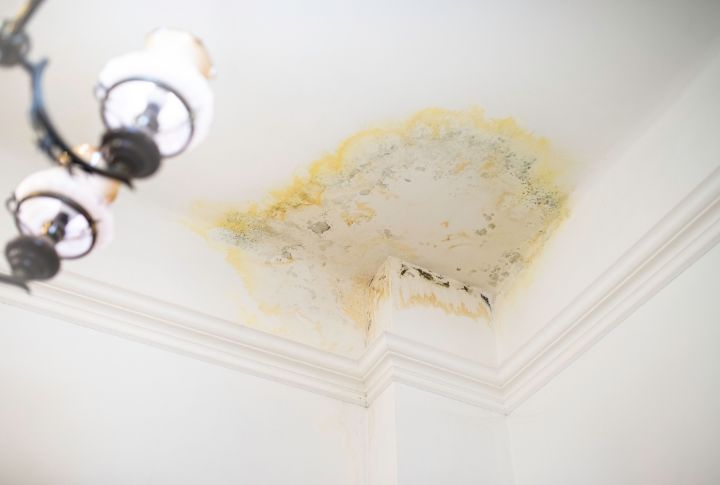
Those unsightly black spots on your ceiling can be more than just an eyesore. They could be mold, a sneaky fungus that thrives in damp environments and poses health risks if left unchecked. But fear not, homeowners! This informative guide will demystify ceiling mold. We’ll look into the common causes, potential health concerns, and, most importantly, effective solutions to banish mold from your ceiling and create a safe and healthy living space.
The Culprit Behind the Ceiling Mold: Moisture
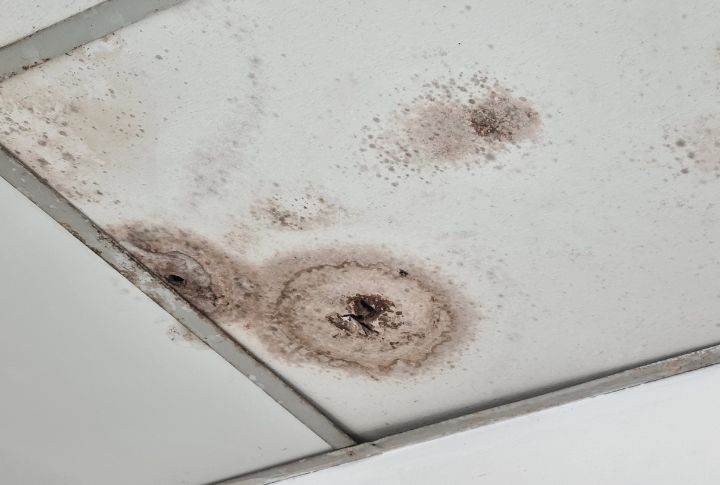
Fungus thrives in damp environments. The most basic reason for its infestation on ceilings is the presence of excess dampness. The next few slides present a few common causes of unwanted moisture that feeds mold.
Roof Leaks
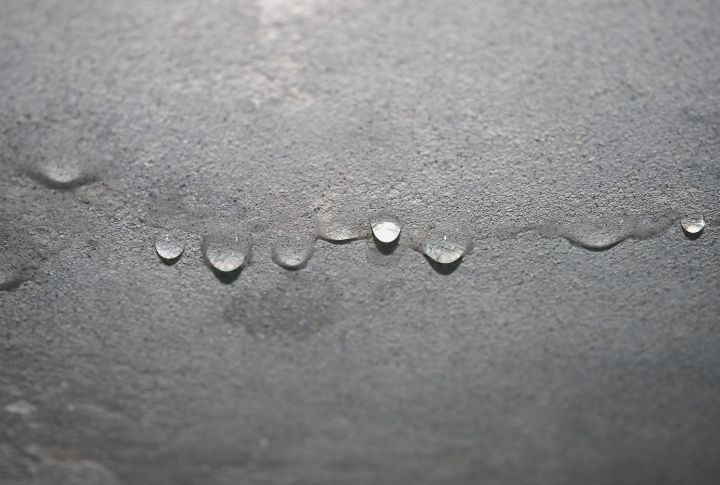
A leaky roof lets water seep into your home, creating a breeding ground for fungus. Check for any signs of leaks around chimneys, vents, or skylights.
Condensation
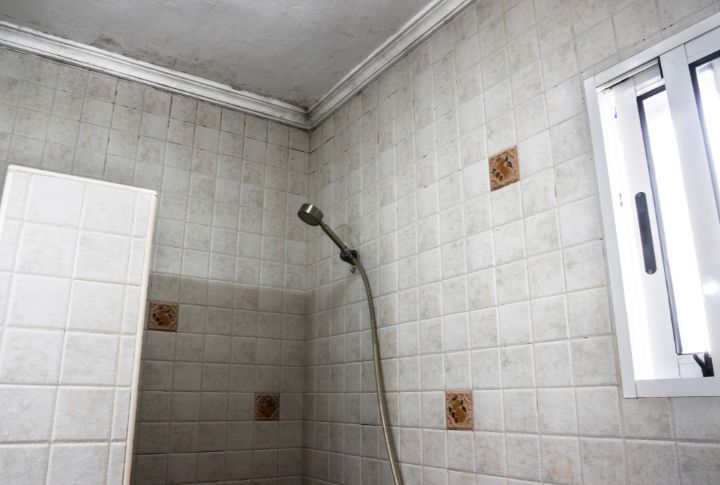
Warm, humid air colliding with a cold ceiling can cause condensation. This is especially seen in bathrooms and kitchens where dampness is prevalent.
Plumbing Leaks
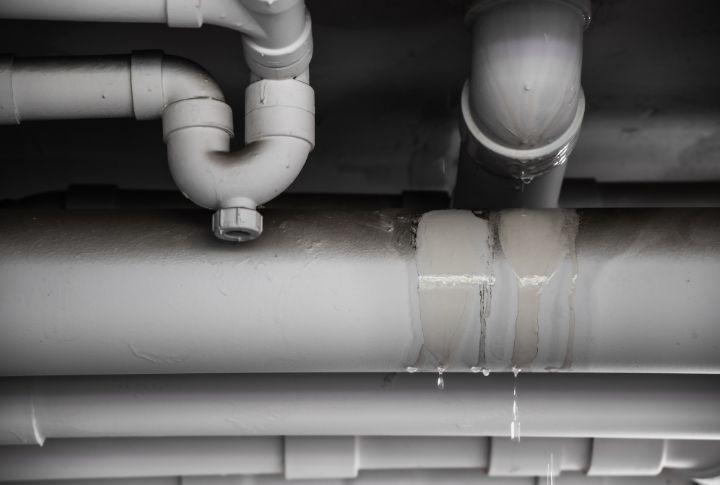
Leaking pipes hidden behind walls or above ceilings can create invisible moisture problems that lead to mold growth.
Identifying the Mold: Not All Fuzz is Created Equal
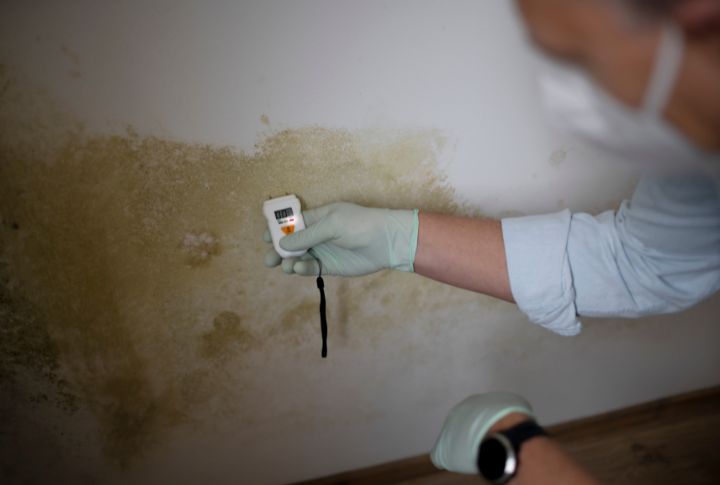
While all fungal growth is unwelcome, some strains pose a greater health risk than others. Ahead are some common types and the kind of issues each can cause.
Cladosporium
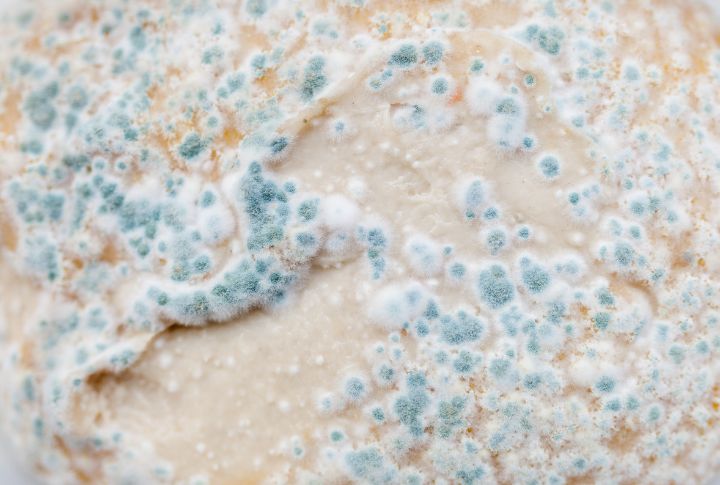
This green or black patch often appears on damp drywall or wallpaper. It can grow in a fuzzy or powdery texture. Cladosporium exposure can trigger allergy-like symptoms such as sneezing, runny nose, itchy eyes, and skin irritation.
Aspergillus
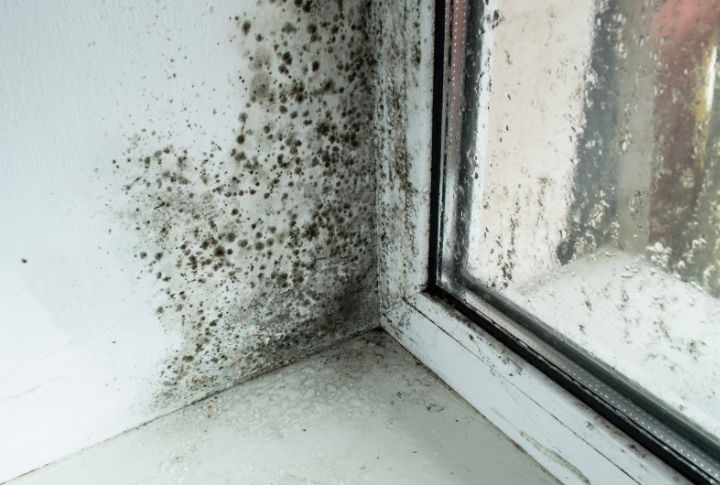
It can be green, black, or yellow in color and cause allergic reactions and respiratory problems. Lung infections may result in severe cases. A weakened immune system makes people more susceptible to Aspergillus infections.
Penicillium
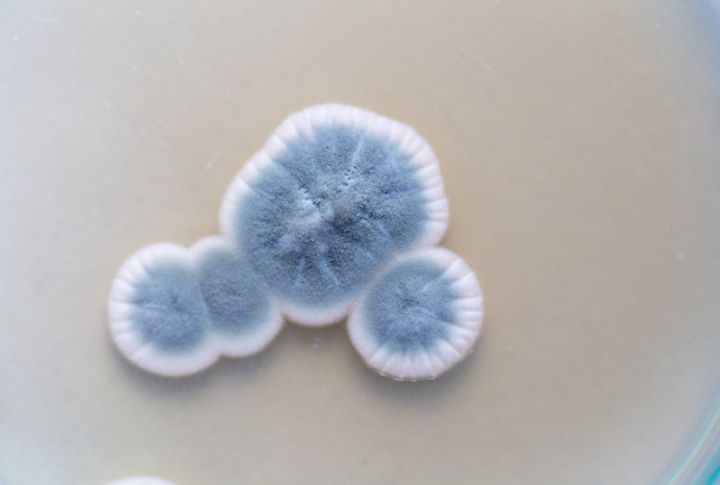
It can appear green, blue, or orange and is commonly found in areas with moisture damage. Penicillium exposure can cause allergic reactions in some individuals, leading to respiratory problems and skin irritation.
Safety First: Gearing Up for Mold Removal
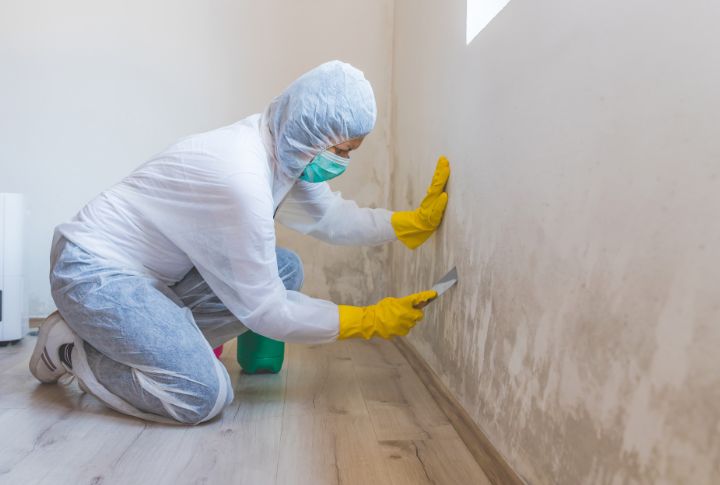
Before tackling mold removal, ensure your safety. Wear protective gear like gloves, goggles, and a respirator to avoid inhaling fungal spores. The removal process can stir up spores, so proper ventilation is crucial. Make sure your windows and doors are open, and consider using fans to create airflow.
DIY Mold Removal for Small Areas: Borax to the Rescue!
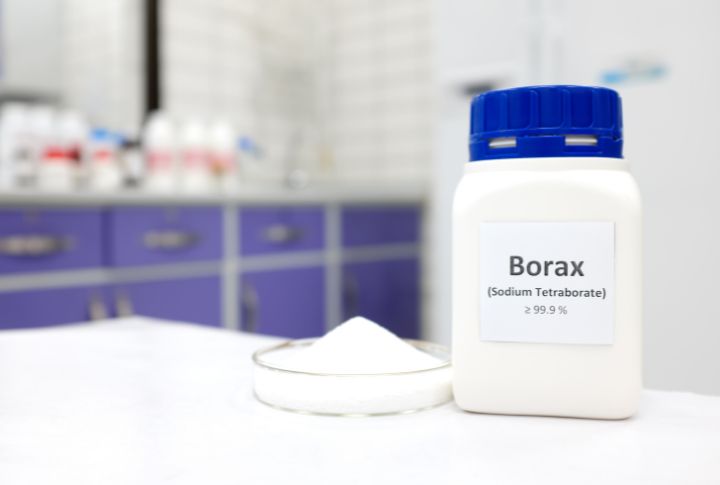
A DIY approach might be suitable for small patches (less than a square foot) on non-porous surfaces. Here’s a common method using readily available ingredients:
Put one tablespoon of borax and two cups of warm water in a spray bottle.
Spray the affected area generously and let it sit for 10 minutes.
Scrub the area with a stiff brush, then wipe clean with a damp cloth.
Allow the region to dry completely to prevent mold from returning.
Note: Always test the cleaning solution on a small, inconspicuous area before applying it to the moldy patch.
When to Call in the Professionals: Big Jobs Require Big Help
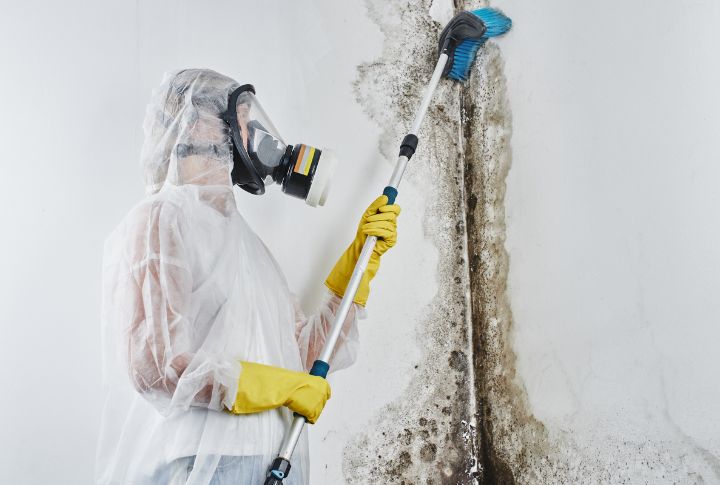
For extensive growth, professional intervention is highly recommended. Companies that provide mold remediation services have the expertise and equipment needed to eliminate it and address the underlying moisture problem.
Preventing a Moldy Comeback: Keeping Wetness at Bay
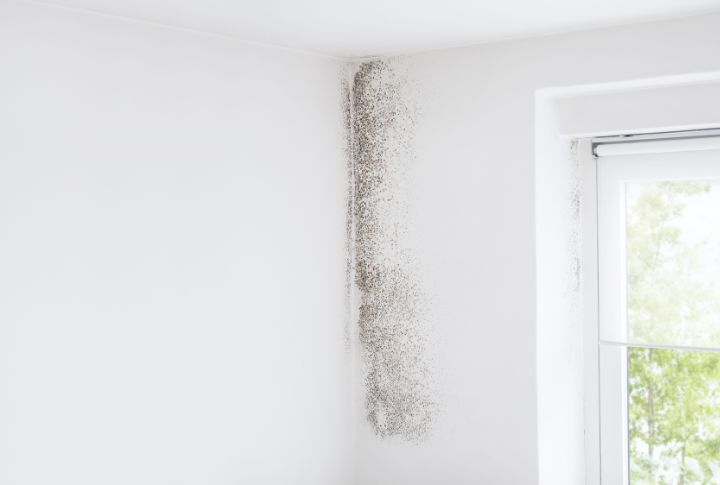
Once you’ve banished the fungus, focus on preventing its return. Read on for some key strategies:
Improve Ventilation in Bathrooms
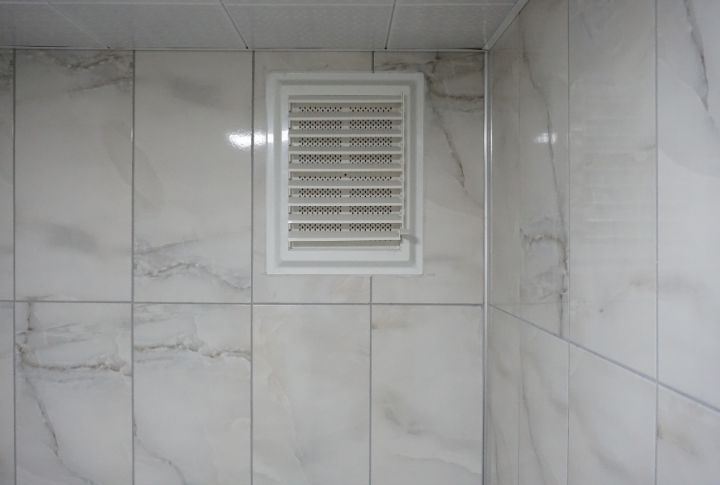
Bathrooms are notorious for generating moisture. Ensure your bathroom exhaust fan is functioning properly and vented to the outside. Turn it on during showers and keep it running for 15-20 minutes afterward to remove excess moisture from the air.
Address Leaks Promptly
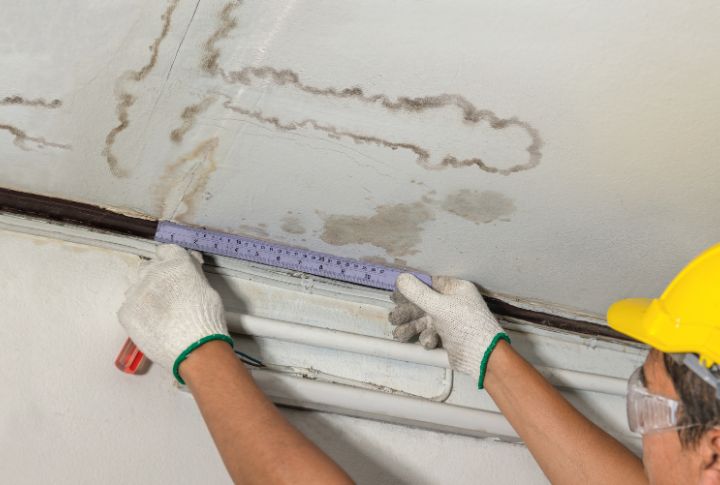
Even a small leak can become a major mold problem. Schedule regular roof inspections, especially after heavy storms or snowfall. Be mindful of any suspicious drips or damp spots around pipes and fixtures.
Maintain Proper Humidity Levels

During cold weather, warm air inside your home can meet the cooler ceiling surface, leading to condensation. This creates a prime environment for mold growth. Use a dehumidifier in areas prone to condensation, such as basements, bathrooms, or laundry rooms.
Monitor Problem Areas
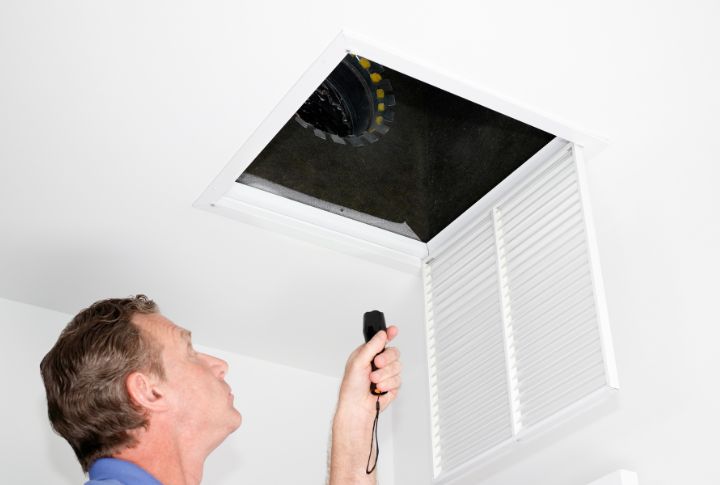
Keep an eye on areas prone to wetness, like around vents or pipes, and promptly address any signs of dampness. Wipe down damp surfaces like shower walls and countertops after use to prevent moisture build-up.

Comments
Loading…